“… in the Surrey hills. About five miles from Dorking, looking over the Weald.”
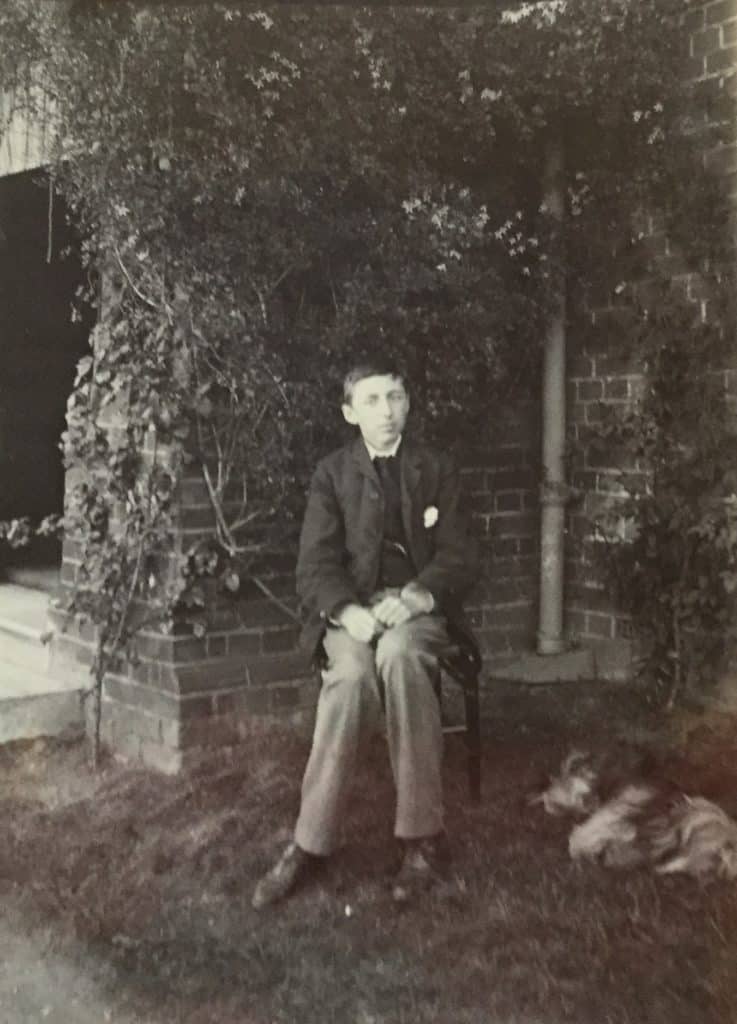
By permission of the Provost and Scholars of King’s College, Cambridge.
E. M. Forster was a novelist, critic and essayist. He is best remembered for his novels including Howard’s End, A Room with a View and A Passage to India. During his lifetime Forster’s work was highly regarded and he was repeatedly nominated for the Nobel Prize. His work remains popular and all six of his novels have been adapted for film or television.
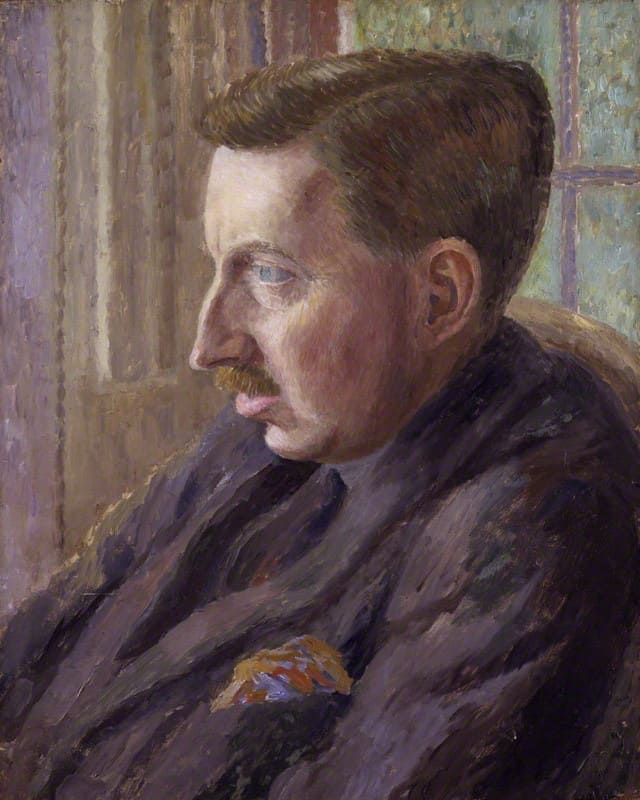
NPG 4698. © National Portrait Gallery, London
Forster’s writing challenged the social norms of the Edwardian period. A gay man living at a time when homosexual activity was illegal, he examined repressive social structures and his novels feature characters who learn to live authentic lives despite difficult circumstances.
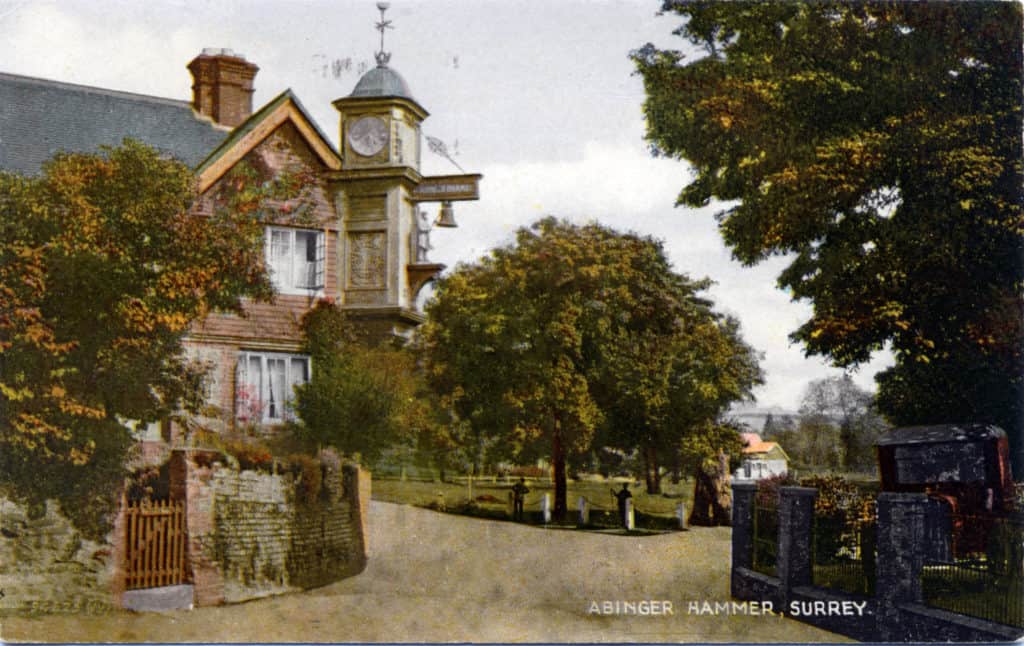
Postcard Dorking Museum collection
Forster knew the Dorking area from a young age. His aunt, Laura Mary Forster, lived in Abinger Hammer and Forster often visited her there. Observations of her Surrey neighbours provided material for his descriptions of Edwardian class hierarchies and social mores and the nearby village of Holmbury St Mary provided the setting for one of his novels.
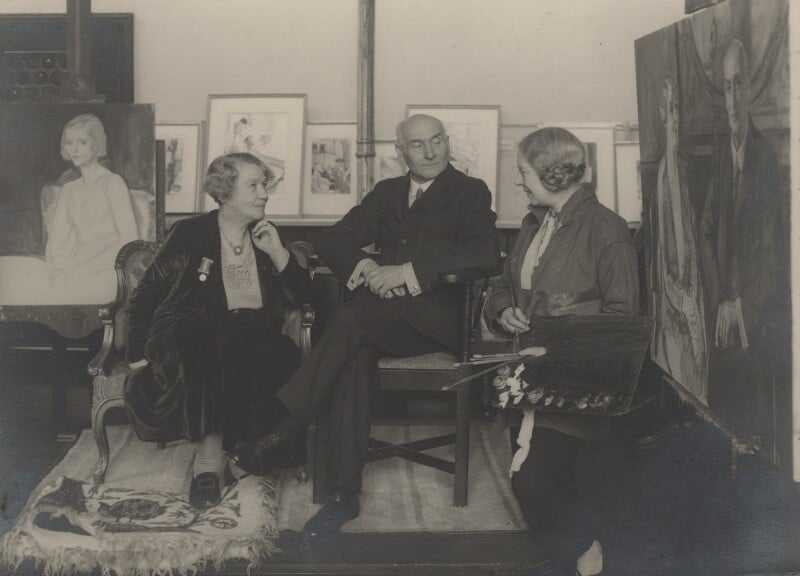
by Photo Press vintage bromide print, circa 1936.
NPG x137321 © National Portrait Gallery
The ‘suffragette’ leader and peace campaigner Emmeline Pethick Lawrence and her husband, Labour MP Frederick Pethick Lawrence. The couple lived nearby in Peaslake. Forster, who had been a member of the Men’s League for Women’s Suffrage, was a frequent visitor to their home. Emmeline ran a union of the League of Nations in the village and in 1944 he spoke there at a celebration to mark the centenary of the birth of the progressive thinker Edward Carpenter. Fred shared an interest in Indian affairs with Forster and both were involved in PEN, the international writers’ organisation.
After his aunt’s death Forster inherited her home. He and his mother lived in Abinger Hammer from 1924 to 1946. The surrounding villages were home to many people that Forster considered friends. Essayist Max Beerbohm lived in Abinger, birth control pioneer Marie Stopes at Norbury Park and political activists Fred and Emmeline Pethick-Lawrence in Peaslake. He also knew and collaborated with the composer Ralph Vaughan Williams.
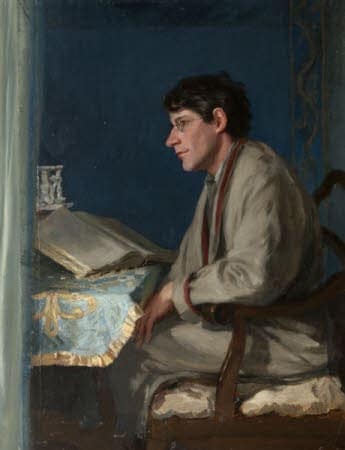
by Aubrey Waterfield (1874-1944)
reproduced by permission of the National Trust
The poet and pacifist Robert Calverley Trevelyan (1872-1951) lived at Shiffolds in nearby Holmbury St Mary. A school friend of Forster’s neighbour Fred Pethick Lawrence, he had travelled to India with the novelist before the First World War.
Forster played an active part in village life. His local friends influenced his political and environmental activism and he wrote two ‘pageants’ in response to threats to his community. To mark the fiftieth anniversary of Forster’s death we take the opportunity to look at the influence that Abinger had on Forster and the impact he had on the community.
The village of Abinger Hammer
‘Abinger is a country parish, still largely covered with woodland. It is over ten miles long – one of the longest parishes in England – but very narrow, and it stretches like a thin green ribbon from the ridge of the North Downs right away to the Sussex border in the South. The Old Rectory Garden, where our pageant is held, lies to so to speak about a third of the way down this ribbon. To your left, as you are sitting, the parish land falls away from you toward the valley of the Tillingbourne, then it rises on to the Downs. The larger and wilder part of the parish is on your right; here the strip of land rises over Leith Hill and Abinger Commons, then it falls steeply into the Weald.’
Next : West Hackhurst

